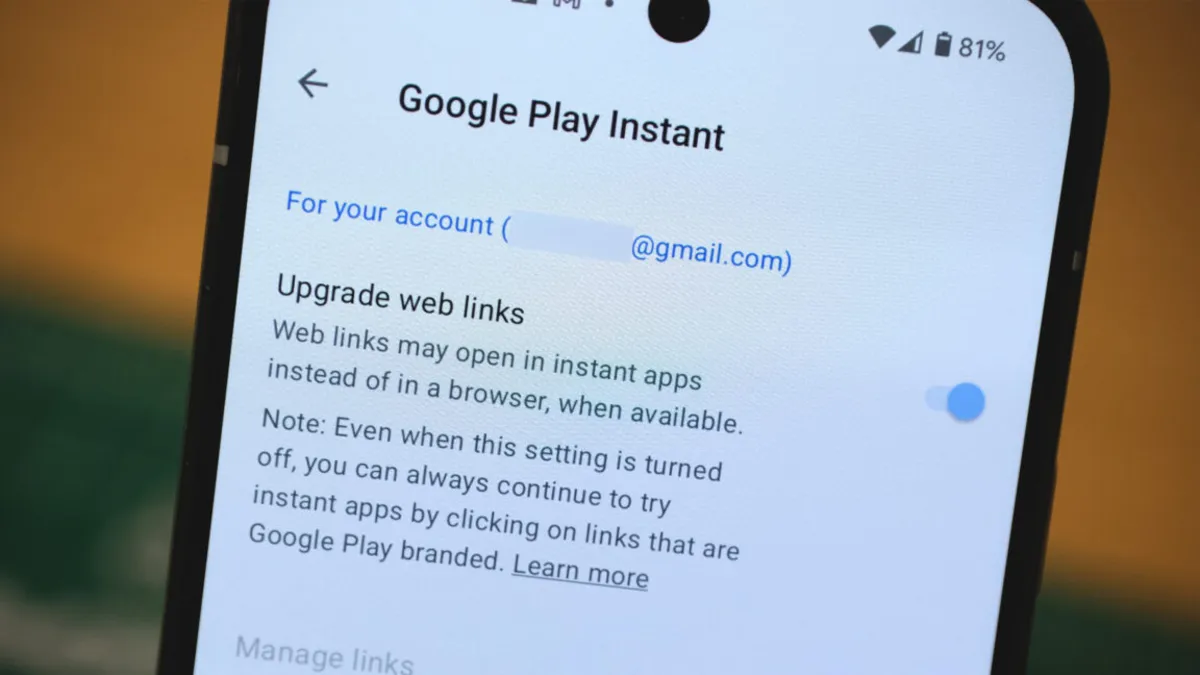
In the early days of mobile technology, apps served as the primary indicators of a mobile platform's value. Major players like Apple and Google engaged in a fierce competition, striving to showcase the largest number of applications available in their respective app stores. However, in today's digital landscape, the sheer number of apps is no longer the critical factor it once was. Google is moving away from its ambitious attempts to replace traditional web experiences with apps, notably with the planned discontinuation of Instant Apps in December 2025.
First introduced in 2017, Instant Apps aimed to enhance user experience by allowing Android users to access apps without the need for full installation. This feature was designed to streamline the process of using mobile applications, especially during a time when mobile browsers were often slow and cumbersome. Developer Leon Omelan recently uncovered this news, which was confirmed by Android Authority in the latest Canary release of Android Studio. The development environment now includes a warning about the impending retirement of Instant Apps, marking a significant shift in Google's mobile strategy.
Instant Apps were not inherently flawed; rather, they were introduced too late in the evolution of mobile technology. Initially, loading websites on mobile devices was a sluggish experience, making apps a preferred choice for users. However, the need to install multiple apps for different sites became tedious. Google's solution was to offer a way to access apps instantly, enabling users to click links that would open corresponding apps almost as quickly as loading a webpage. This feature was eventually expanded to include games, but the adoption rate by developers remained disappointingly low.
Despite its innovative concept, Instant Apps struggled to gain traction. Developers were required to create a lightweight version of their app, limited to 15MB, to be eligible for this feature. This additional step created barriers that many developers were reluctant to overcome. Furthermore, the evolving landscape of mobile applications has seen many apps now function similarly to their mobile website counterparts. As such, the need for Instant Apps diminished over time, and their practical utility remained limited. Most users likely encountered Instant Apps only a handful of times throughout the feature's lifespan.
The retirement of Instant Apps is not entirely surprising, especially as Google continues to focus on more compelling features. Currently, this service is classified under Google Play Instant in your phone settings. Unfortunately, there are few remaining examples of Instant Apps in action, with Finnish publisher Ilta-Sanomat being one of the rare entities still utilizing the feature. If you're nostalgic for the Instant Apps experience, ensure that the settings toggle for Instant Apps is activated on your device.
The phase-out of Google Instant Apps signifies a broader transition in the mobile ecosystem, where the distinction between apps and mobile websites continues to blur. As users increasingly turn to mobile websites for their functionality, the need for specialized app experiences diminishes. As we move forward, it will be interesting to see how Google adapts to these changing trends and what new innovations will emerge in the mobile space.